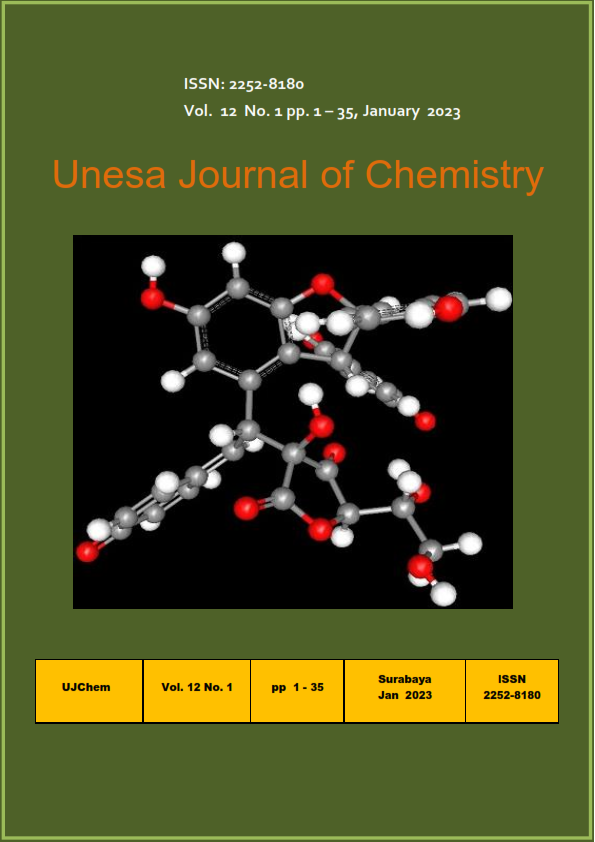REVIEW: PRODUCTION OF BIODIESEL WITH TRANSESTERIFICATION METHOD USING CATALYST MADE FROM WASTE BONE
Main Article Content
Abstract
Among various renewable energy sources, biodiesel is a promising candidate to replace fossil fuels. Biodiesel is produced from the transesterification reaction of oil or fat with alcohol. The transesterification reaction requires a suitable catalyst. There are two kinds of catalysts, namely homogeneous and heterogeneous catalysts. Heterogeneous catalysts have several advantages, including being easy to separate and can be reused without going through many processes. Currently, many natural materials are used as raw material for heterogeneous catalysts, such us bone. In this article, we will discuss the manufacture of biodiesel with a catalyst from various bone waste such as cow, goat, sheep, chicken, fish and ostrich bones. Based on the results of a review of several articles, it was known that the catalyst from bone which has the highest biodiesel yield comes from fish bone which is calcined at a temperature of 997.42 oC for 2 hours, the catalyst can produce a biodiesel yield of 97.73%. With the reaction conditions: ratio of moles of oil : methanol of 1 : 6.27, weight of the catalyst 1.01% of the mass of oil with a reaction that lasted for 5 hours at a temperature of 70 oC.
Key words: biodiesel, transesterification, catalyst, waste bone

